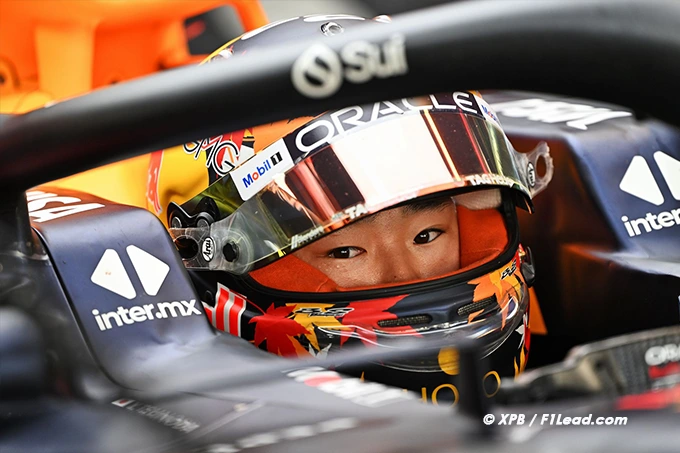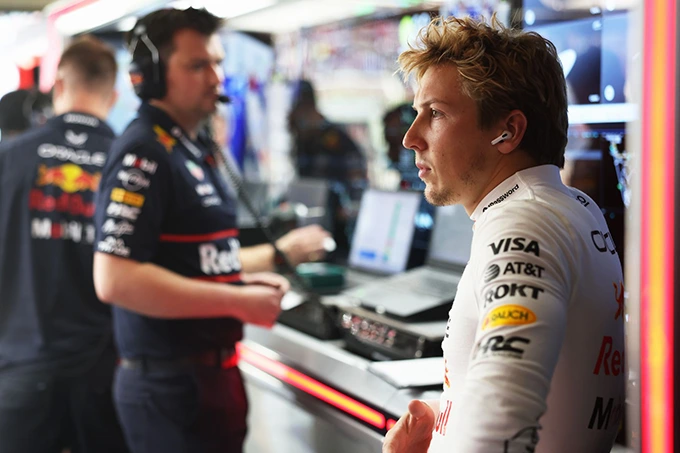Red Bull’s sudden switch from Lawson to Tsunoda reveals deeper management chaos, raising urgent questions about the team’s handling of driver talent.
Red Bull’s abrupt decision to replace Liam Lawson with Yuki Tsunoda for the Japanese Grand Prix raises fundamental questions about the team’s driver management strategy. This rushed move highlights instability and incoherence, endangering two young drivers while obscuring deeper underlying issues.
Lawson, scapegoat for technical failings?
While Lawson’s initial performances have indeed disappointed, removing him so quickly without allowing adequate time or support to adapt to a notoriously challenging car underscores a toxic culture within Red Bull. The real issue seems to lie elsewhere—the car itself. Even Max Verstappen has consistently criticized its complex handling characteristics. Making Lawson a scapegoat helps no one, least of all a young driver whose confidence could suffer lasting damage.
Tsunoda, an opportunity or poisoned chalice?
For Tsunoda, this late promotion appears more like clumsy damage control than a genuine vote of confidence. In reality, Red Bull should have given him the seat during last winter, when his performance clearly warranted it. Instead, he’s thrown directly into the deep end, under enormous pressure at his home race in Japan, without adequate preparation or a proper pre-season with the team. He enters this scenario disadvantaged, a victim of hastily improvised decisions.
The root of the problem: Red Bull’s management style
Red Bull’s current policy, particularly under Helmut Marko’s influence, now appears more destructive than productive. By desperately seeking a second driver who can match Verstappen, the team neglects to critically assess itself on technical and human grounds. The result is a constant rotation of drivers placed under severe pressure, compromised careers, and a perception of impulsive rather than strategic management.
What future for Lawson and Tsunoda?
Lawson must now rebuild his confidence in a less favorable environment—difficult, but not impossible if Red Bull ultimately provides patience and support. Tsunoda’s stakes are high: his success or failure will significantly impact Red Bull’s credibility. Immediate strong performances from him would expose the team’s earlier misjudgment of his abilities. Conversely, if he struggles similarly to Lawson, it would confirm that the issue clearly lies with the car rather than the drivers.
A deeper crisis beyond drivers
In short, Red Bull’s current driver management approach clearly signals a broader internal crisis—technical and managerial. Until the team addresses its structural and cultural flaws, the second seat will remain problematic regardless of its occupant. Red Bull must now own its mistakes and fundamentally revise its approach, or risk eventually losing even Verstappen, tired of managerial amateurism and inconsistency.

- Discover More>Alpine F1 left searching for answers after Shanghai
- Follow us on >Facebook and >Twitter for F1 updates
f1 2025 Red Bull Crisis Deepens Amid Lawson-Tsunoda Chaos
Red Bull Crisis Deepens Amid Lawson-Tsunoda Chaos
